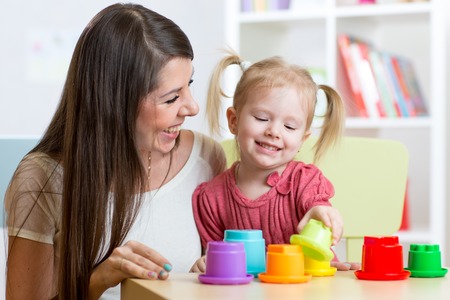As any parent knows, children have to learn what to expect from the people, places, and things in their world. The task of figuring out who or what talks or has feelings, what objects just take up space but can’t move on their own and which things might move freely but don’t have thoughts or feelings is quite difficult. Children have to learn that animals may have thoughts and feelings and move freely a robot may just move freely without thoughts or feeling. They learn that humans both move freely and have complex internal structure, while also using language and thinking complex thoughts.
To facilitate your child’s learning of all these complex ideas, it’s best to get down to their level, sit with them and play with different things. You might play with your pet cat, a toy car, and an electronic moving toy to demonstrate differences among them. Children may generally be the most interested in the living thing but it’s important that they are also well versed in inanimate objects as well. By talking about differing objects and things in their world they will gain a more complex understanding of the world around them.
When talking about living objects you can explore biological functions such as sleeping, psychological properties like feelings, and sensory properties such as touching. To explore inanimate objects, you might discuss physical properties such as colors, shape, and whether or not the object is breakable. When talking about a robotic object, you might explore them more like objects that can break without granting them psychological or biological properties.
Children between the ages of 3 and 5 are often developing these complex ideas. While younger children may grant inanimate objects feelings or thoughts, older children may start to recognize the differences a little more clearly. By playing with your child and describing objects, what they can and can’t do, whether they can think and feel, children will start to make the connections. Children learn from all of the adults in their lives from siblings, teachers, friends, while also picking up on things they see on television or read in books. All of these interactions will help your child to develop their understanding of unobservable properties.
Source: https://www.psychologytoday.com/blog/ulterior-motives/201609/kids-learn-robots-are-not-just-things


Recent Comments